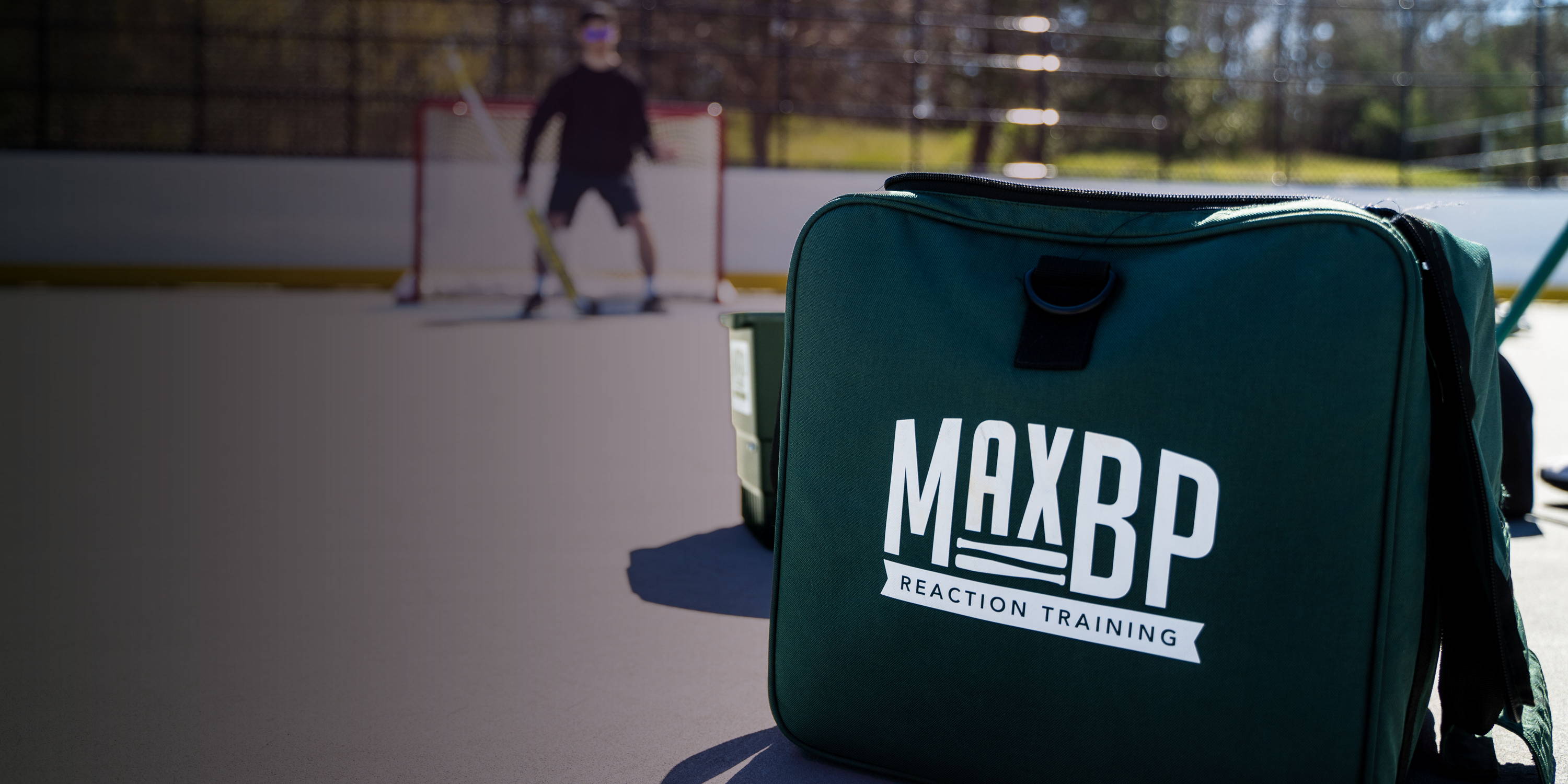While visual training is an essential tool in the athlete’s arsenal, the need remains to practice physical skills and reflexes.
The greats spend hours and days practicing, running drills for specific situations and honing their skills so that reactions become instinctual.
Think of a five-year-old Wayne Gretzky on the ice behind his house, chasing pucks from sunup to sundown with his father, Walter. Walter would fire a puck along the boards and Wayne, instead of chasing it behind the net, would cut directly across the net front to where the puck would be.
Repeat ad infinitum.
Former Boston Bruins defenseman Torey Krug, now with the St. Louis Blues, had a play that nearly always resulted in a 1-on-0 breakaway for his team when executed at the right time. With a forward on his team streaking ahead, Krug would shoot the puck from the center ice area directly at a specific spot on the curve of the boards to the opposing goaltender’s left side.
The puck would bounce back off the boards right to his teammates stick in front of the net, setting up a perfect goalscoring opportunity. Essentially, the play is a fake dump pass designed to pull the opposing defense away from his teammate while drawing the attention of the opposing goaltender, leaving the net wide open for a scoring chance.
It was a play that Krug alone seemed able to do, and one that he could only pull off on home ice at the TD Garden. Not only was it a testament to Krug’s skill but his dedication to practice.
Although he’s never talked about how he developed the play, it’s easy to imagine that he noticed the redirect one day during practice and kept shooting until he found it again. And again. And again. To make it more difficult, he needed to time the play so that his teammate wouldn’t be offsides when his “pass” crossed the blue line AND was ready to shoot/score when the puck came his way.
In short, a whole lot of work to nail down something that happened very rarely. When the opportunity arose, they were ready.
In a game as hectic as ice hockey, where unintended bounces and deflections are par for the course, factoring that degree of randomness into training is essential to success.
Enter: a loaded MaxBP machine.

One of the factors that sets a MaxBP machine apart from other training tools is its variables: no two objects will move exactly the same way when launched. That design forces athletes to concentrate even harder as they can’t predict what they’re about to see as easily.
Start out with receiving passes: set up the machine at a low angle on a flat surface, select a speed, stand back, and practice catching the balls on the blade of your stick. While the wiffle balls don’t have the weight or speed of a puck on ice, corralling them consistently may be tricky. Balls may hop over the stick upon contact or bounce off if not caught with the correct touch.
If it’s getting easy on the forehand, switch over to the backhand and focus on the angle of the stick blade as you receive the ball. If the balls are hitting the blade and bouncing over or backwards to the machine, keep adjusting.
Taking it up a level, set up two targets on either side of the machine (i.e. buckets on their sides) and aim the wiffle balls you catch at them with strong, even passing. Don’t slap them at the buckets; take your time to make sure they end up where you want them.
The nature of the MaxBP machine means that the wiffle balls may come bouncing at you or remain in the air, presenting a great opportunity to practice receiving uneven or airborne passes by knocking them quickly down with the blade of the stick.
If you’ve got some of the tracking disks on hand, definitely try incorporating them into the drills. While they require a partner to throw/pass, they’re shaped more like actual pucks and provide good practice for catching and/or knocking down objects. They should also be a little easier to pass, although smaller and lighter, meaning more precision is required to complete the drill effectively.
You can also work on one timers with both the wiffle balls and the disks, depending on availability of a training partner. You start with setting up the machine or passer about 15-20 feet away and directly in front of you and at a 45 degree angle to your target. Play around with distance and angle of the machine to practice tight short side and far side shots.
If the sun is out, set the machine up in a driveway, yard, cul-de-sac, and start working on your hands. Make the drills progressively more difficult as you adjust, and add in your street hockey blades to ramp things closer to game speed. Or, if it’s raining, the MaxBP wiffle balls and easy set-up means reps can continue indoors without chipping paint or denting drywall.





















